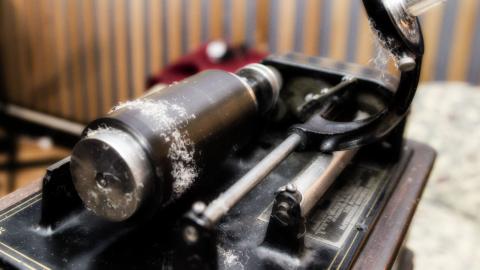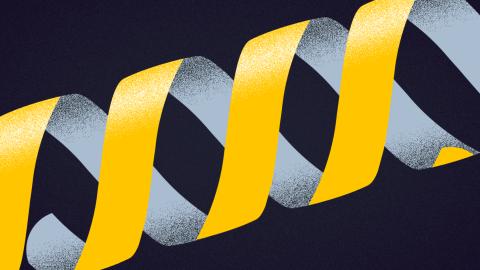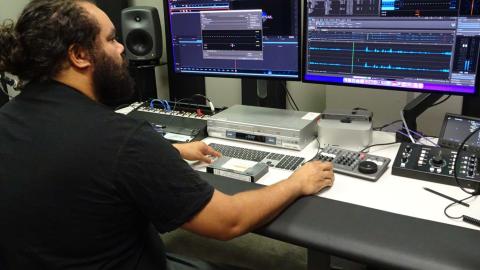
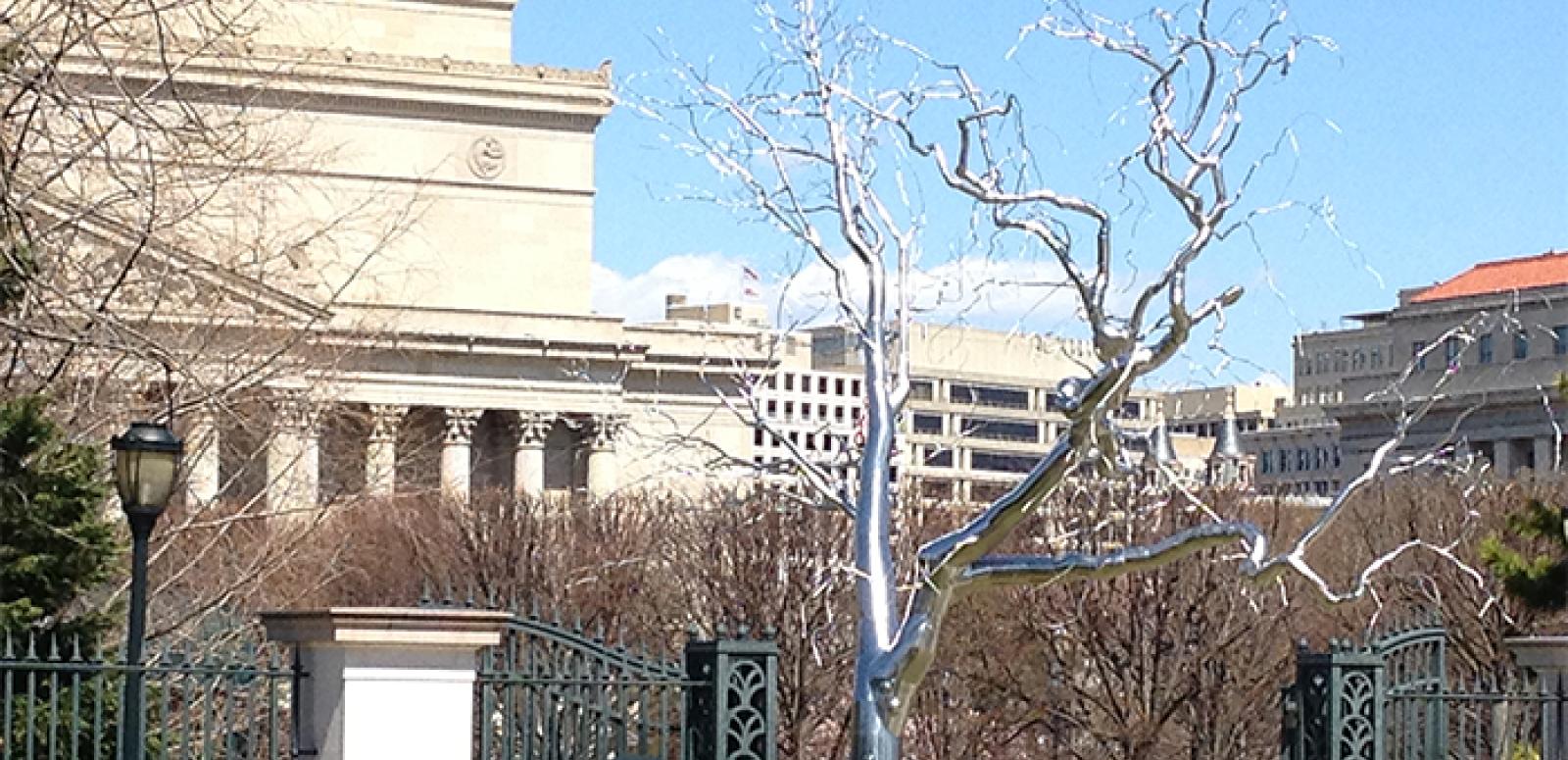
Imaging scientists and archivists
Rod Butler, Head of Preservation and Technical Services, visited Washington DC to attend the Society for Imaging Science and Technology (IST) archiving conference.
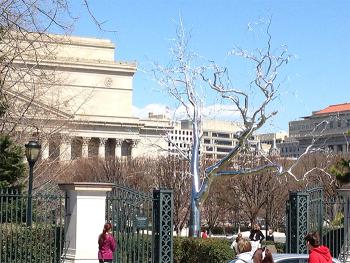
Washington DC is an amazing city for history buffs. In one day you can see the original Bill of Rights, the Apollo 11 Lunar module, what remains of the antenna from the (9/11) World Trade Centre, climb the steps of the Lincoln Memorial to the flagstone where Dr King made his famous ‘I have a dream’ speech and finish the day going to a show at the Ford Theatre, sitting right next to the box where Lincoln was assassinated.
Which is fascinating and fun, but not why I’m here.
I’m in DC to attend the Society for Imaging Science and Technology (IST) Archiving conference, which is being held at the US National Archives and Records Administration. The conference offers an opportunity for imaging scientists and those working in the cultural heritage community (curators, archivists, librarians), as well as in government, industry, and academia, to come together to discuss the most pressing issues related to the digital preservation and stewardship of audiovisual works.
In the opening session I gave a paper on the NFSA’s Cross Media Preservation Plan. This plan, which has been spearheaded by our Production Manager, Danny Dawson, allows the NFSA to prioritise the most at-risk collection items while also considering access needs, significant events and/or anniversaries. The plan also ensures that our technical staff have the skills they need now and into the future. It’s common for collecting institutions to prioritise their work based on collection need, but from the interest I received after my presentation, it seems less common for curatorial issues (historical significance, educational value, cross media themes, etc.) to be considered in this planning process.
My presentation was followed by a range of talks covering the gamut of archiving, from the use of 3D imaging in archaeology (Gareth Beale, University of Southampton), to the need for software archaeology to ensure access to digital data into the future (Francis D Marchese, Pace University, New York).
Importantly for the NFSA, Cindy Fitzgerald from Kodak gave a presentation about the use of film as a storage medium. The benefits that film provides for ongoing preservation are indisputable, but the format’s viability has been under question due to Kodak’s recent financial challenges and other changes in the market (Fuji all but ceased motion picture film manufacture in March). However, it was good to hear from Cindy that Kodak still manufactures billions of feet of film and that they have no plans to move away from the film manufacturing business. This was balanced by comments from other industry representatives who I met at a later conference (NAB, Las Vegas), who claimed that market decay modelling suggested that film would not have a viable market within two years.
Much of the conference had an in-depth technical theme, complete with benchmarks for colour accuracy, a comparison of the JPEG vs JPEG2000 compression and format configuration, and several jokes about Delta Es (don’t ask!). The conference’s interactive sessions gave me the chance to have a closer look at Brigham Young University’s M-disc data storage system that uses a proprietary system to etch data onto an inorganic rock-like material. These etchings do not degrade, so no data is lost and ongoing migration is not required (as long as the original digital format – and the m disk technology – is supported). I also spoke with a representative from Cinevation, a company that has developed a system for recording digital data onto film for long-term storage. They are interested in working with the NFSA to develop their storage and carrier technology.
The conference also provided the opportunity to tour the Library of Congress’ (LOC) James Madison building. This included a tour of the LOC audio preservation area where I got to see some equipment they have developed with Berkeley University that applies optical technology to preserve groove-based media (cylinders and records). Basically this uses a laser instead of a stylus. The new 3D version of this equipment can be applied to shellac, lacquer, vinyl, wax cylinders, dictation discs, commercial cylinders and phonautograms – the earliest known device for recording sound where sound waves were transcribed as undulations or other deviations in a line traced on smoke-blackened paper or glass. I will continue discussions with the Chief of the LOC Preservation and Research Testing Division, Dr France, to determine whether the NFSA can assist with some of their research projects.
Before then, I’d better brush up on some Delta E jokes – just in case!
The National Film and Sound Archive of Australia acknowledges Australia’s Aboriginal and Torres Strait Islander peoples as the Traditional Custodians of the land on which we work and live and gives respect to their Elders both past and present.
